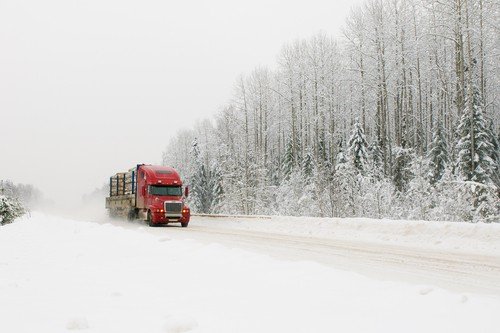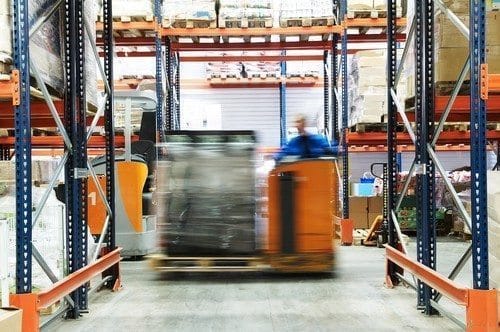
When you have a smaller aircraft, pulling or pushing it by the propeller might seem like an easy and convenient way to move it around. However, this manual handling can end up causing significant damage to your airplane. Find out why you should use an aircraft caddy for moving your plane around instead of moving it manually.
Damage Risks
Grabbing your airplane by the propeller and pulling or pushing it to where you need it to go can result in damage to the blades. For example, pulling or pushing the propeller’s tips can cause them to become bent, which affects their ability to work properly. Even when you have others to help you, it’s important to avoid manually handling your airplane by the propeller blades.
Using an aircraft caddy allows you to move your airplane smoothly without risking damage to any part of it. Keep in mind that damage to your propeller can make your aircraft unsafe to operate.
Injury Risks
Pushing or pulling an airplane manually can put you and others at risk of having injuries. From pulled muscles to more serious injuries, it’s important to avoid taking this risk when you need to move or reposition your airplane. Moving your airplane with a tug that’s designed to support its weight helps eliminate the risk of personal injuries.
Our tugs and caddies offer safer and more convenient ways to pull aircraft around or move them to a different location, whether you need one for a 4,000-pound airplane or one that can move up to 35,000 pounds.
If you’re looking for an aircraft caddy, please contact DJ Products. We carry a wide range of high-quality aircraft tugs to make it easier and safer for you to move your airplane.






